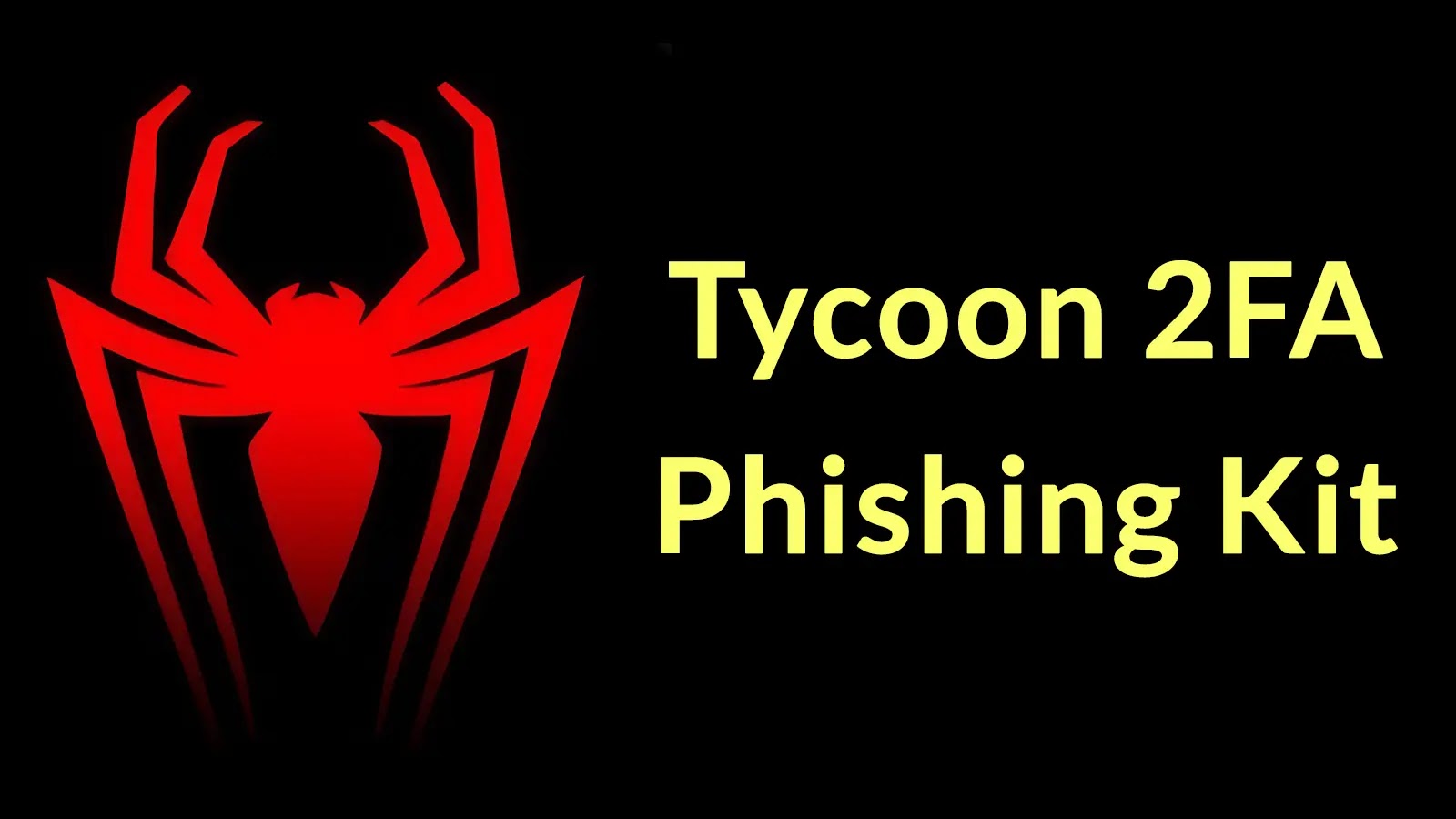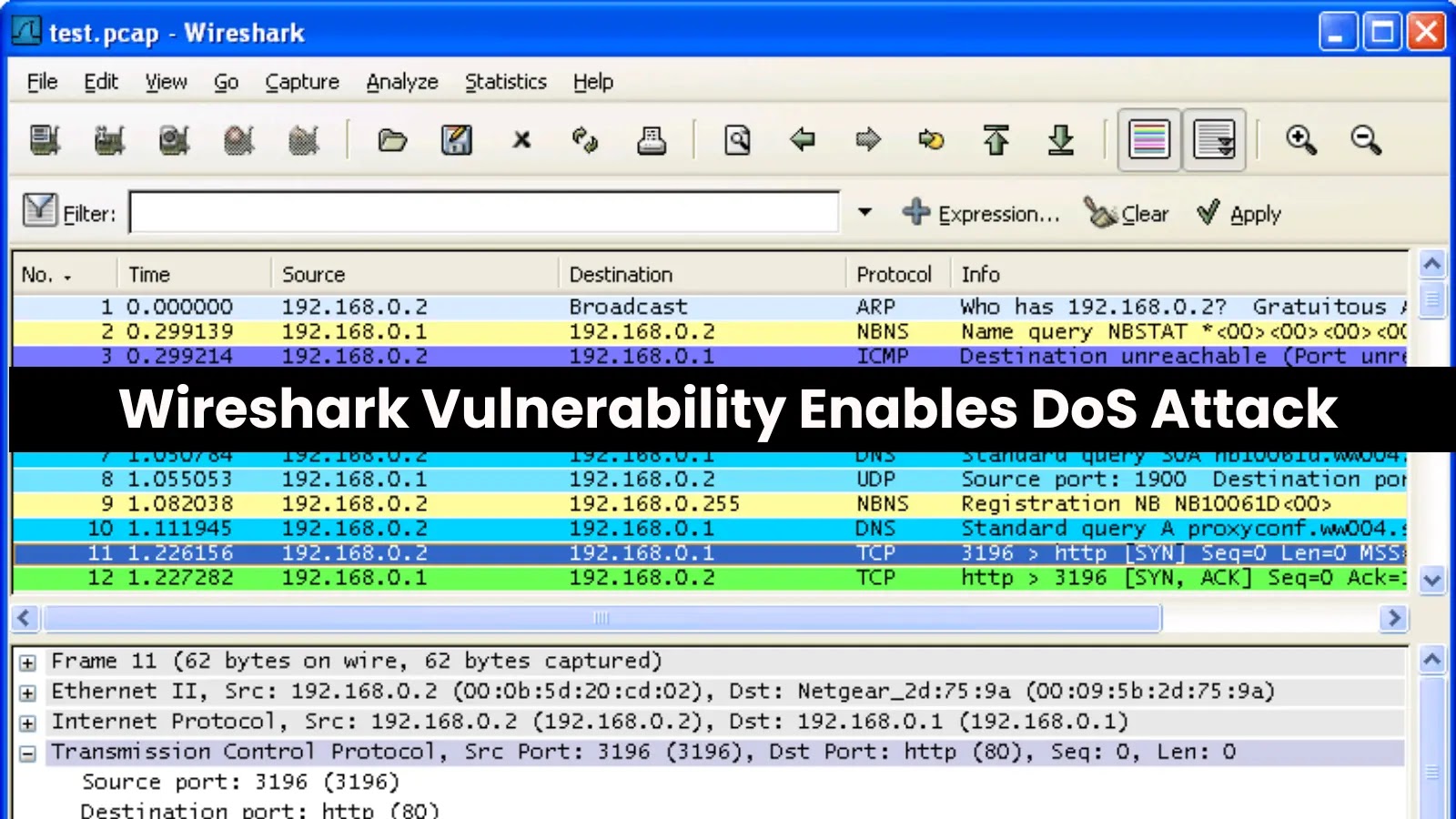Unveiling Tycoon 2FA: The Phishing Kit That Bypasses Multi-Factor Authentication
In the ever-evolving landscape of cyber threats, the Tycoon 2FA phishing kit has emerged as a formidable tool for cybercriminals aiming to compromise Microsoft 365 and Gmail accounts. First identified in August 2023, this Phishing-as-a-Service (PhaaS) platform has rapidly gained notoriety for its sophisticated methods designed to circumvent two-factor authentication (2FA) and multi-factor authentication (MFA) mechanisms.
Understanding the Tycoon 2FA Attack Mechanism
Tycoon 2FA employs an Adversary-in-the-Middle (AiTM) approach, utilizing reverse proxy servers to host phishing pages that closely mimic legitimate login interfaces. This technique allows attackers to intercept user credentials and session cookies in real-time, effectively bypassing MFA protections. The attack typically unfolds in several stages:
1. Distribution of Malicious Links: Attackers disseminate phishing emails containing links to counterfeit login pages. These emails often appear to originate from trusted sources, enhancing their credibility.
2. Redirection and Filtering: Upon clicking the link, victims are redirected through multiple pages. This redirection chain serves to mask the final destination and filter out automated security bots, ensuring that only genuine users reach the phishing site.
3. Presentation of Phishing Page: The victim encounters a login page that is virtually indistinguishable from legitimate Microsoft 365 or Gmail interfaces.
4. Credential and Session Hijacking: As the user enters their credentials and completes the MFA challenge, the attacker captures this information, including session cookies. This enables the attacker to access the account directly, bypassing MFA protections.
Advanced Evasion Techniques
To evade detection, Tycoon 2FA incorporates several sophisticated techniques:
– Code Obfuscation: The phishing kit uses obfuscated code to hinder analysis by security tools. Techniques such as base64 encoding, XOR encryption, and the use of invisible Unicode characters make the malicious code difficult to detect.
– Anti-Analysis Measures: The kit includes scripts that detect debugging tools and sandbox environments. If such tools are detected, the user is redirected to legitimate websites, thwarting analysis efforts.
– Dynamic Content Generation: Phishing pages dynamically load logos and backgrounds based on the victim’s email domain, enhancing the illusion of legitimacy.
– CAPTCHA Implementation: To filter out automated bots, the kit employs CAPTCHA challenges, including custom CAPTCHAs rendered via HTML5 canvas with randomized elements.
Distribution Methods
Tycoon 2FA utilizes various distribution vectors to reach potential victims:
– Malicious Attachments: Emails may contain malicious PDF documents, SVG files, or PowerPoint presentations that, when opened, lead to phishing pages.
– Cloud Storage Platforms: Attackers host fake login pages on platforms like Amazon S3, Canva, and Dropbox, making detection more challenging for traditional security solutions.
– QR Codes: Some campaigns use QR codes embedded in emails, directing users to phishing sites when scanned.
Implications and Recommendations
The emergence of Tycoon 2FA underscores the need for organizations to adopt a multi-layered security approach:
– Enhanced Threat Detection: Implement advanced security tools capable of detecting obfuscated code and sophisticated phishing techniques.
– Employee Training: Regularly educate employees on recognizing phishing attempts and the importance of verifying the authenticity of login pages.
– Robust Email Security Policies: Deploy filtering mechanisms to prevent malicious emails from reaching users.
– Phishing-Resistant MFA: Consider implementing MFA solutions that are resistant to AiTM attacks, such as hardware tokens or biometric authentication.
By understanding the tactics employed by Tycoon 2FA and implementing comprehensive security measures, organizations can better protect themselves against this evolving threat.



